Seddon’s squad set sail for New Zealand and Australia on RMS Kaikoura. For 46 days, they travelled. Calm waters and lumpy seas. Heavy gales and dense fog. A week went by when “neither sun nor stars were seen,” he reported.
They played 19 games in New Zealand, 16 in Australia, but they still were not done. They played another 19 matches of Victorian Rules – Aussie Rules, in effect. Fifty-four contests for just more than 20 players on a tour that lasted 249 days. The chosen ones this time will play nine times in just more than a month. Blink and you will miss them.
Seddon, from Lancashire, was engaged to be married. Twenty games into the trip he drowned in the Hunter River in New South Wales. Some people do not get the Lions and call it an anachronism and an unimportant exhibition. They ask why do the Lions matter in the current age?
They matter, in part, because of folk like Bob Seddon and all the heroes and all the social history that came in his wake.
Tommy Crean, the Irishman, was a Lion in South Africa in 1896. He won a Victoria Cross in the Boer War. Alexander Todd, the Englishman, was a Lion in South Africa in 1896. He died at Ypres. Matthew Mullineux, a London clergyman, was also a Lion in 1896. He won the Military Cross during the First World War. Eric Milroy, a Scot, was a Lion in South Africa in 1910. He died at the Somme. Phil Waller, the Welshman, was also a Lion in 1910. He died at Arras.
Paddy Mayne, from County Down, was a Lion in South Africa in 1938. He won the Distinguished Service Order medal and three bars for three separate acts of heroism at war and was then awarded the Legion d’Honneur and the Croix de Guerre by the French government for his work in the liberation of France. He was also a founding member of the SAS.
Harry Jarman of Pontypool did not die at war. The 1910 tourist died of complications after he threw himself into the path of a runaway coal wagon at a South Wales colliery as it rattled towards some children playing in its path.
Those are images from a mercifully bygone age, but they feed into what it is to be a Lion today, the privilege of being part of something with such a profound past.

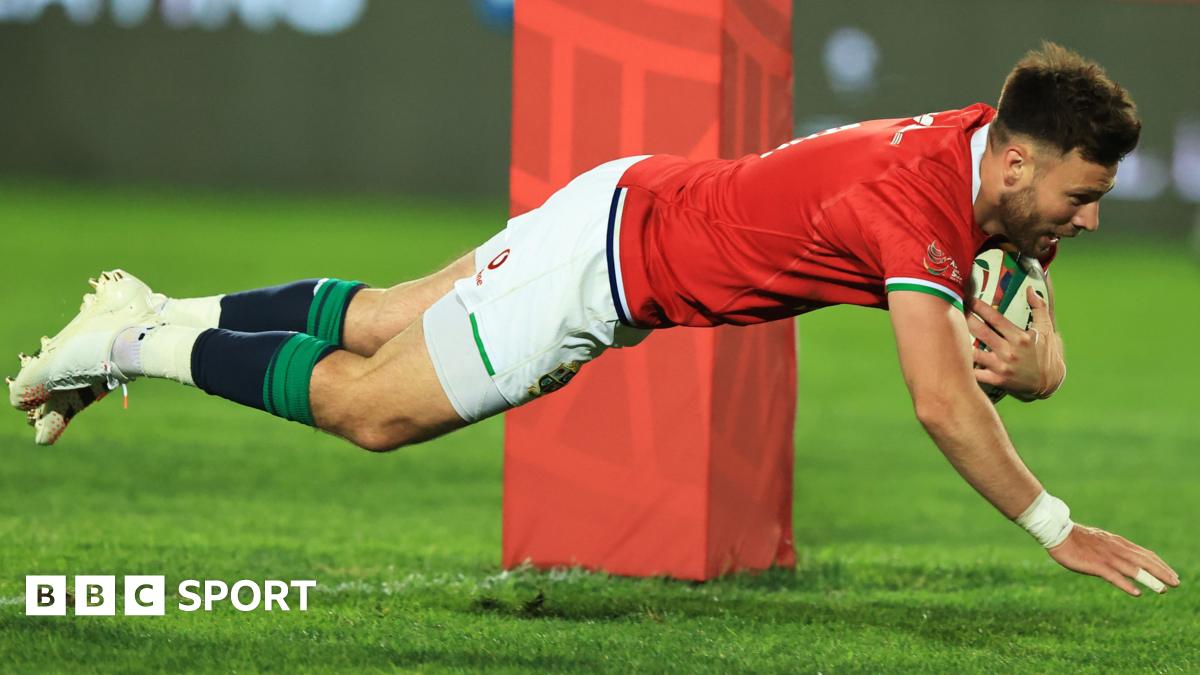


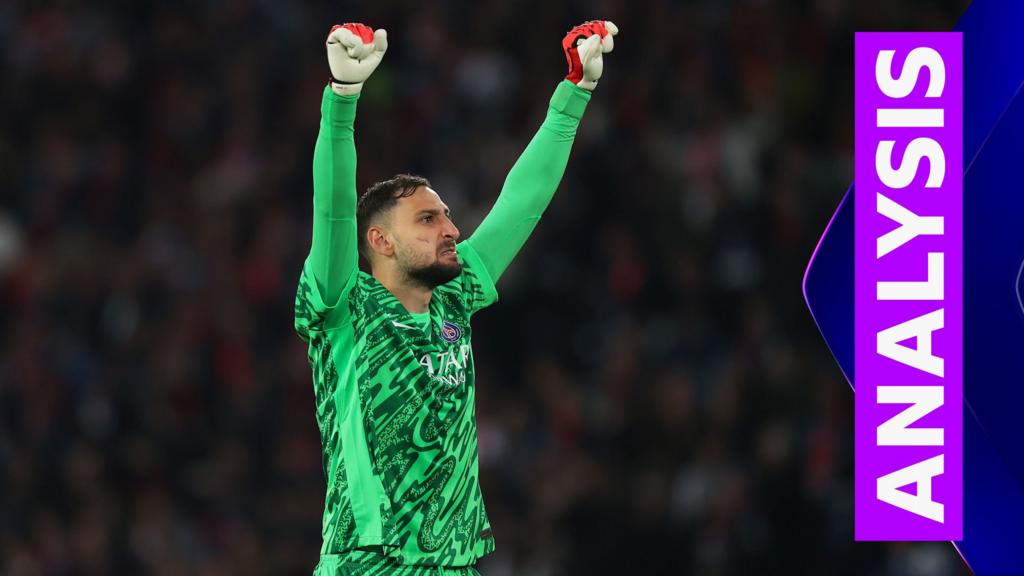

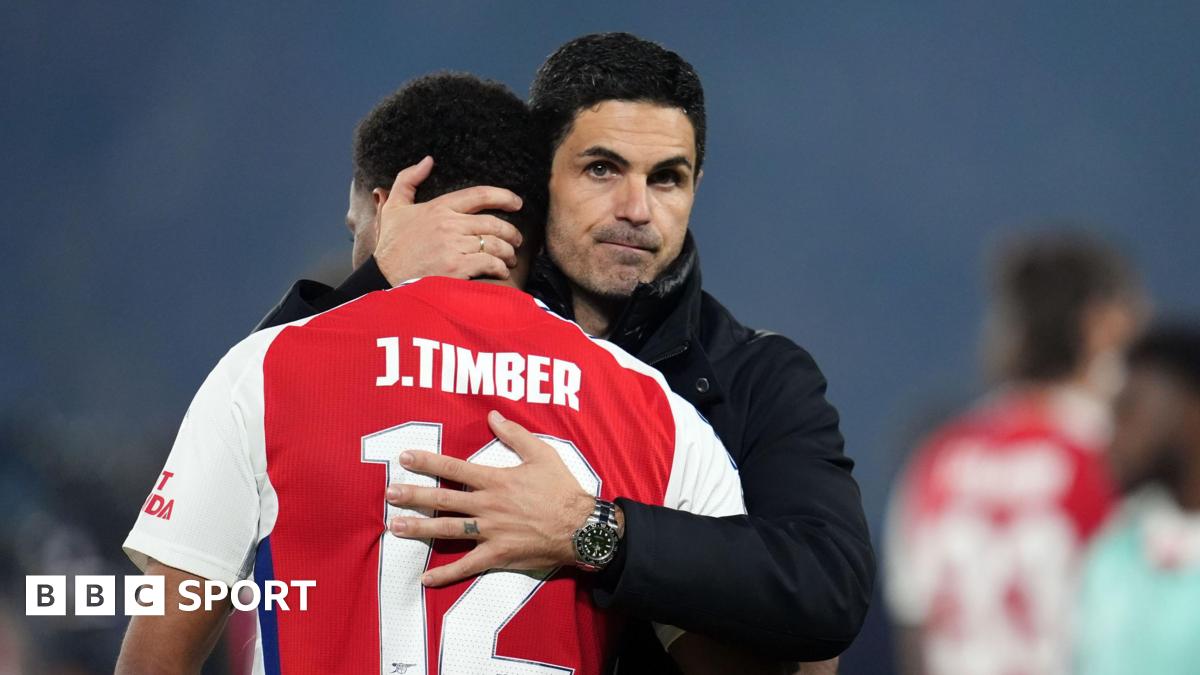



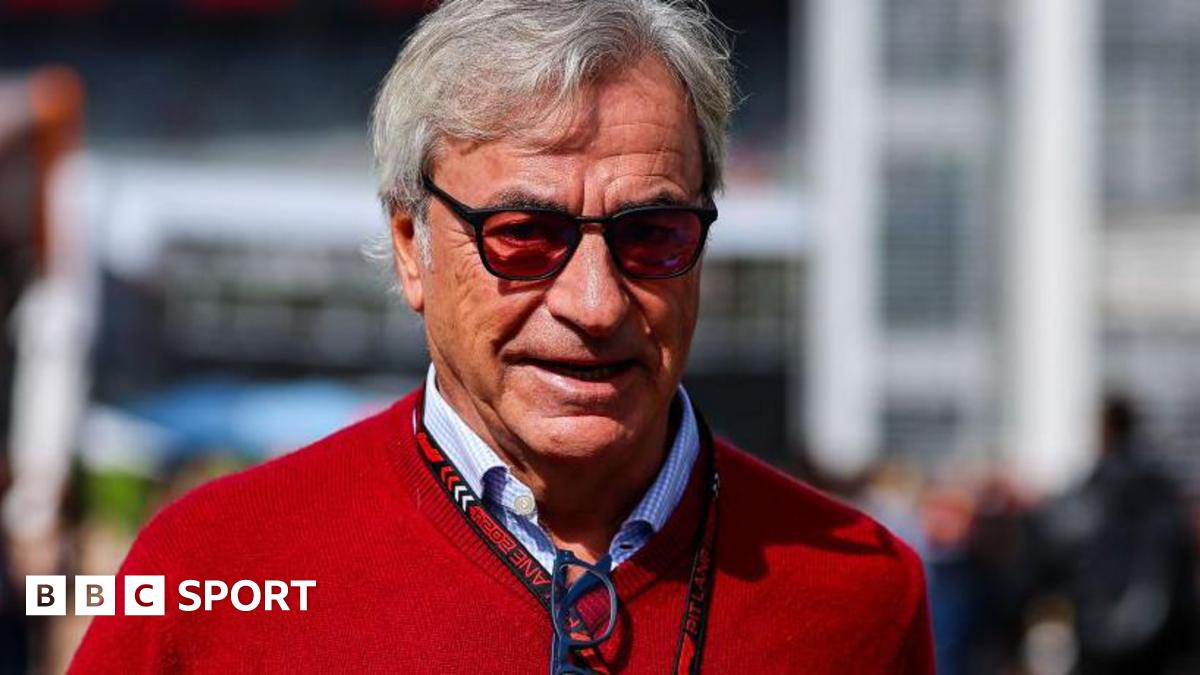
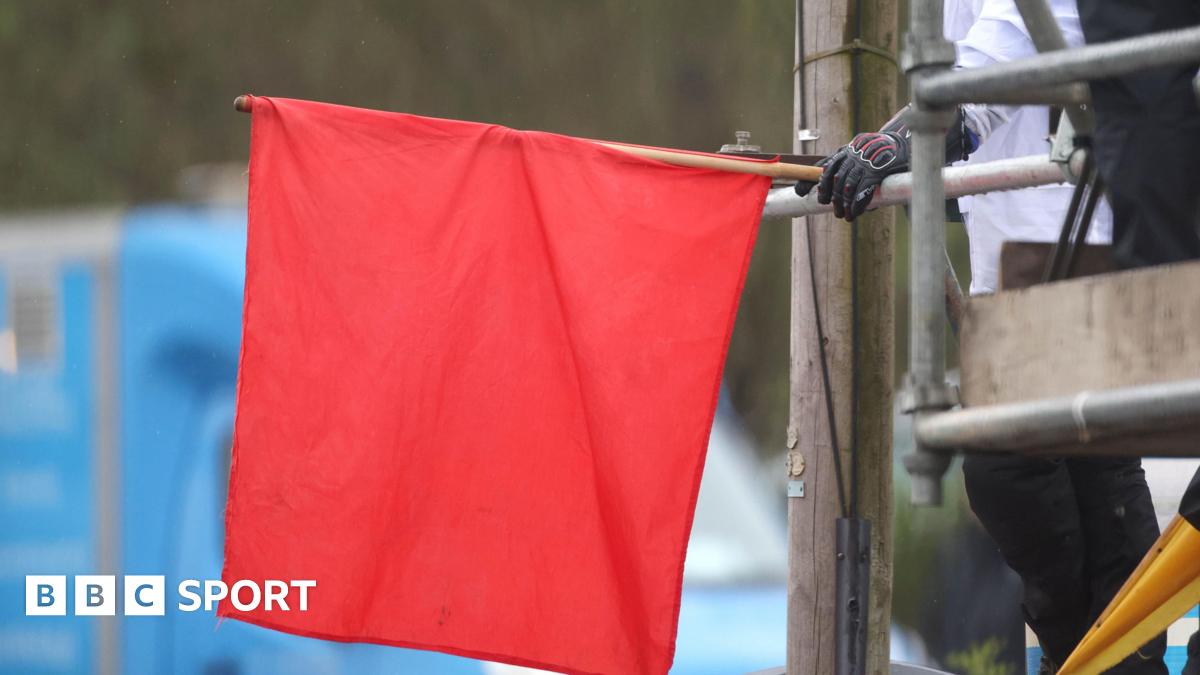



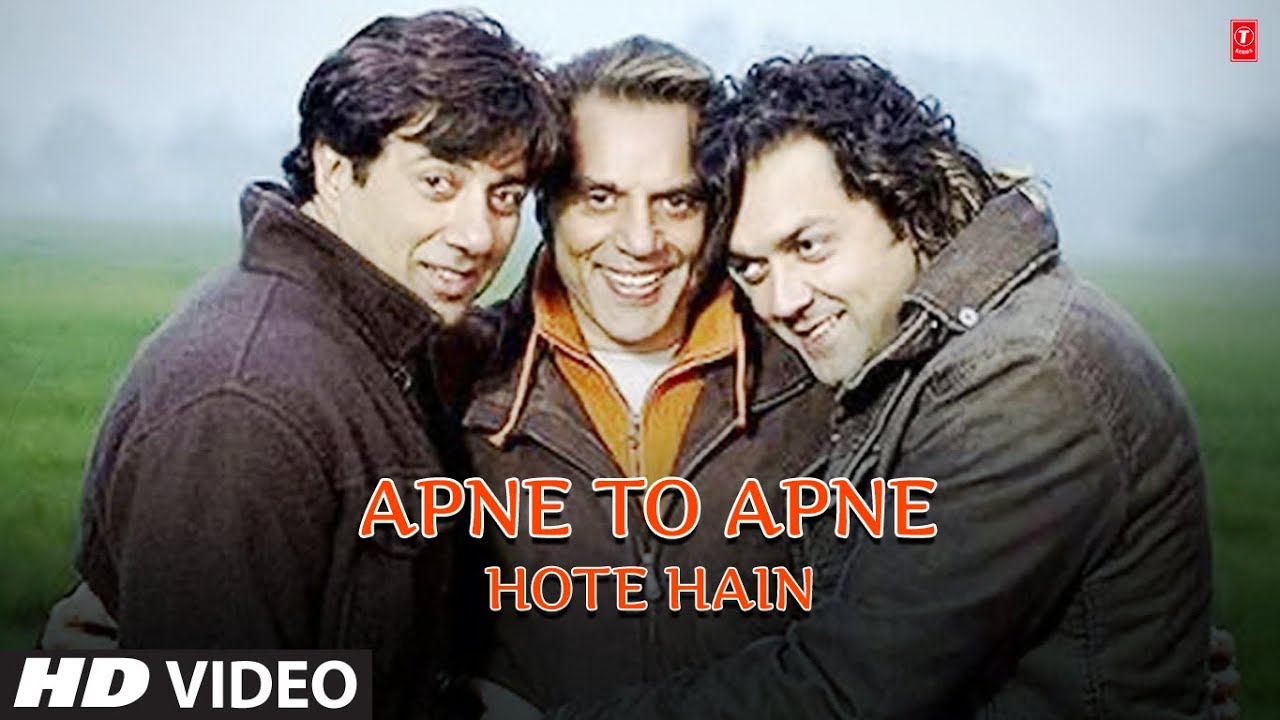
Leave a Reply